Podcast Category: Holistic health
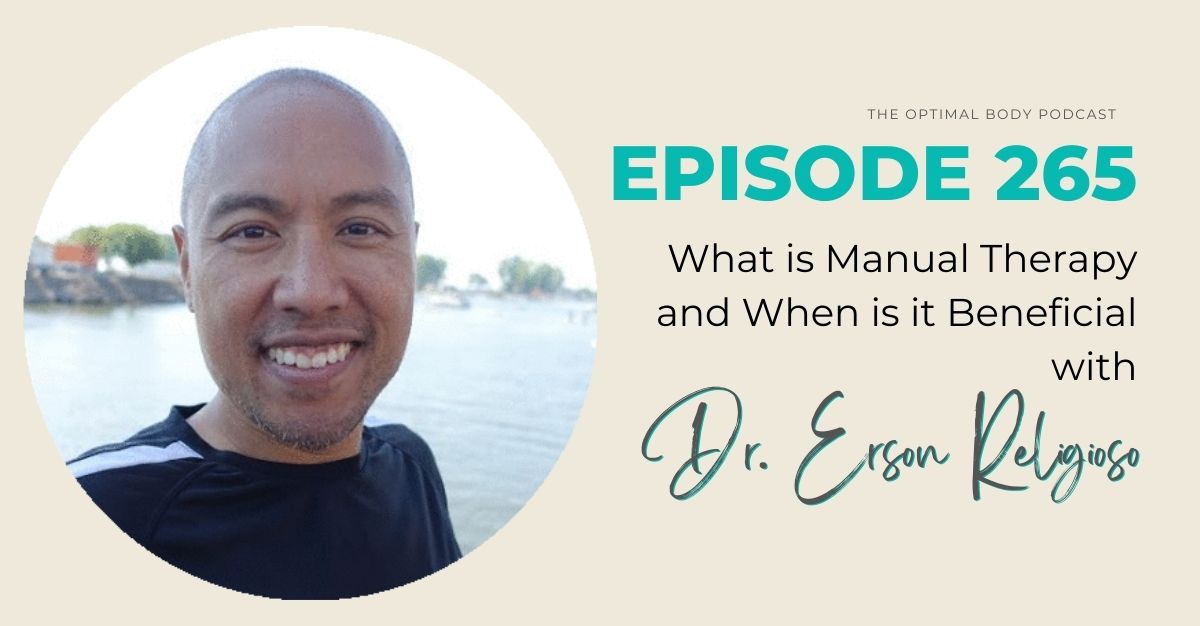
265 | What Is Manual Therapy and When Is It Beneficial with Dr. Erson Religioso
We have Dr. Erson to discuss the truths about manual therapy and how we can optimally use manual therapy to create long term change. Dr. Erson dives into bruising, whether structures are brainy put back into place, how to approach chronic pain, self-performed soft tissue mobilizations, asymmetries, strength training, and how manual therapy facilitates the physiological healing process from an injury.
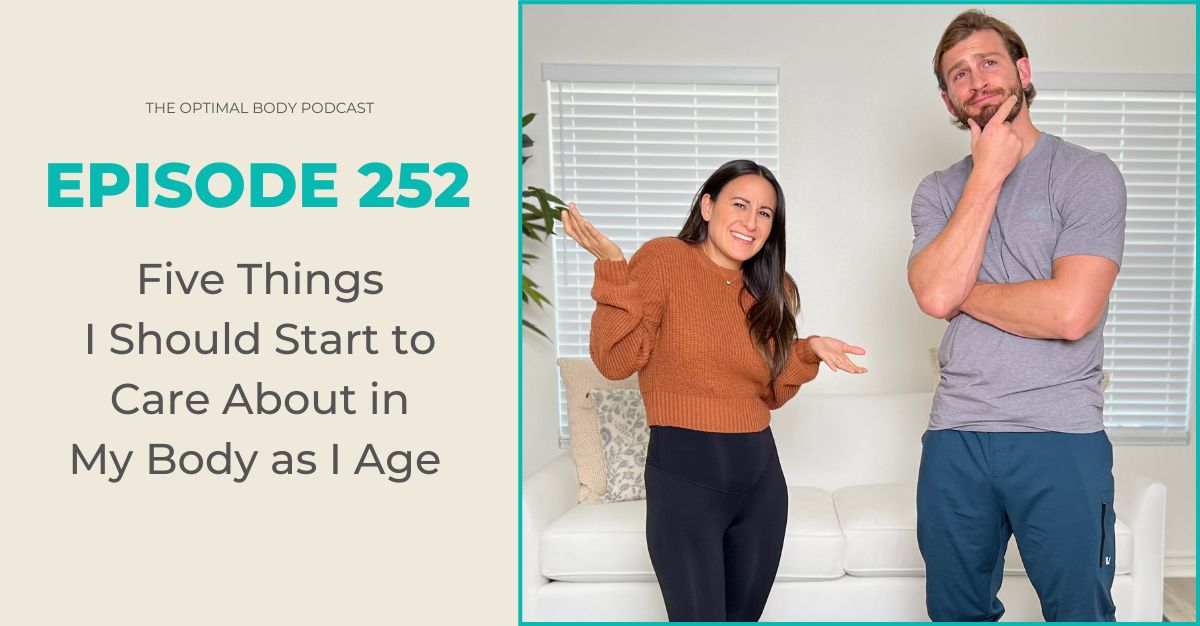
252 | Five Things I Should Start to Care About in My Body as I Age
DocJen & Dr. Dom dive into three techniques you haven’t considered when it comes to your ability to relieve pain and tension, relax, recovery, and reset. They dive into how ribcage and thoracic mobility improve the health benefits of diaphragmatic breathing, how hip mobility is vital to enhancing movement as the main axis of the body, the role the pelvic floor plays in the hips, and how passive range of motion differs from active range of motion. Let’s dive into the solutions you need to optimize healing and recovery!

251 | Understanding Electrolytes, Sodium Intake and Diet with Robb Wolf
Is Salt bad? Do you need to supplement electrolytes? We have Robb Wolf on, co-founder of LMNT electrolytes, to provide expertise on the topic of electrolytes. Robb provides deep insight into the truths of salt intake and how it relates to hypertension, suggesting insulin resistance as the primary driver of hypertension. Furthermore, Robb suggests what contributes to high salt intake, and how low salt diets relate to increased osteoporosis risk and the possibility of calcification in blood vessels. He discusses family history and ways to modulate diet to reduce the risk of hypertension if it runs in the family. Furthermore, he describes the personal fat threshold as it relates to eating a high protein diet, the debate in what it means to eat “high quality” as well as how to interpret how many electrolytes to consume. Finally, he touches base with electrolyte consumption during pregnancy. Let’s dive in!
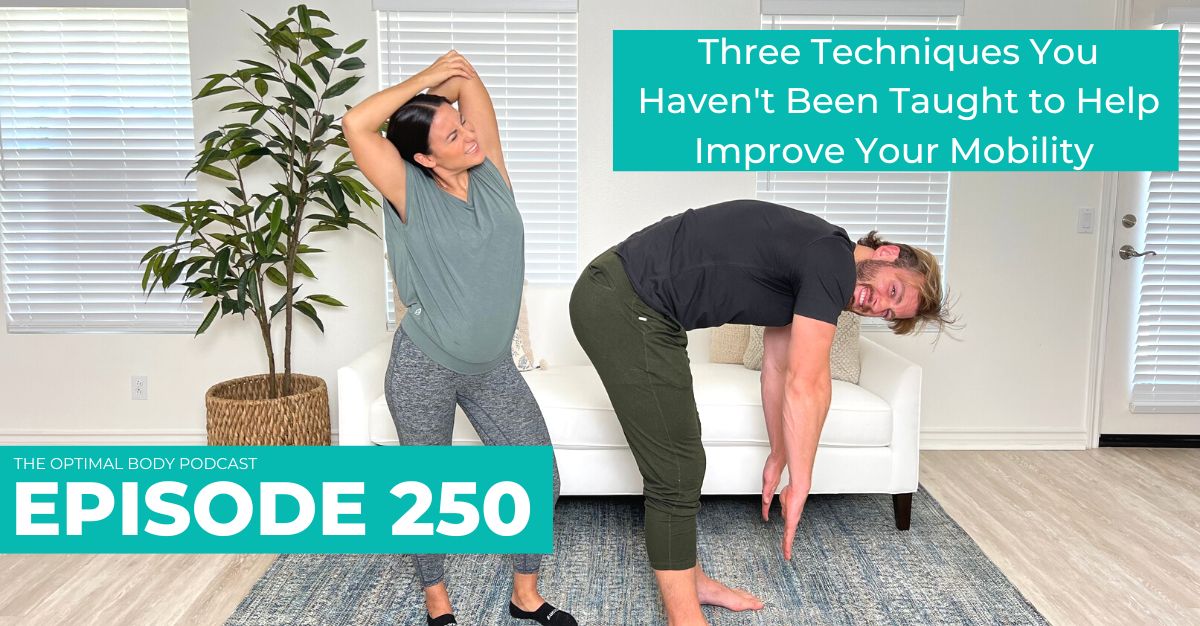
250 | Three Techniques You Haven’t Been Taught to Help Improve Your Mobility
DocJen & Dr. Dom dive into three techniques you haven’t considered when it comes to your ability to relieve pain and tension, relax, recovery, and reset. They dive into how ribcage and thoracic mobility improve the health benefits of diaphragmatic breathing, how hip mobility is vital to enhancing movement as the main axis of the body, the role the pelvic floor plays in the hips, and how passive range of motion differs from active range of motion. Let’s dive into the solutions you need to optimize healing and recovery!
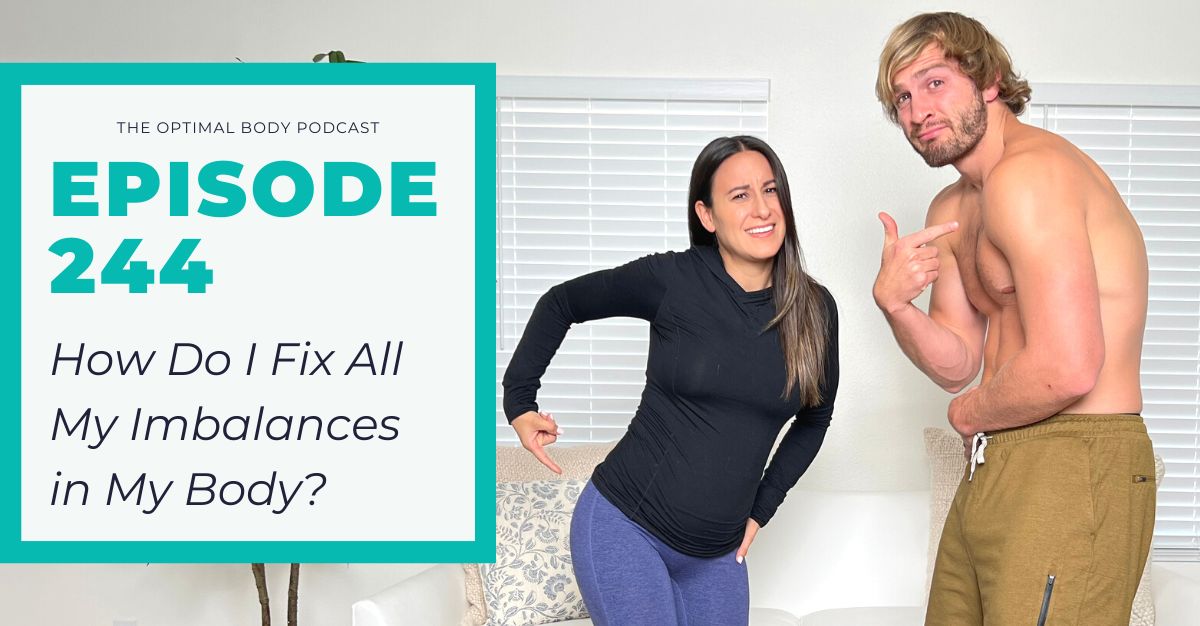
244 | How Do I Fix All My Imbalances in My Body?
DocJen & Dr. Dom discuss muscular imbalances, normalizing asymmetries that are present within our bodies from birth. Discussing gluteal amnesia, leg length discrepancy, cerebral palsy, and breathing conditions, they describe how mind-body connection relates to perpetuating pain and how pain is multifactorial. Then, they describe how you can begin to assess muscle imbalances by evaluating movement tendencies, exploring activations within the body, and addressing movement restrictions
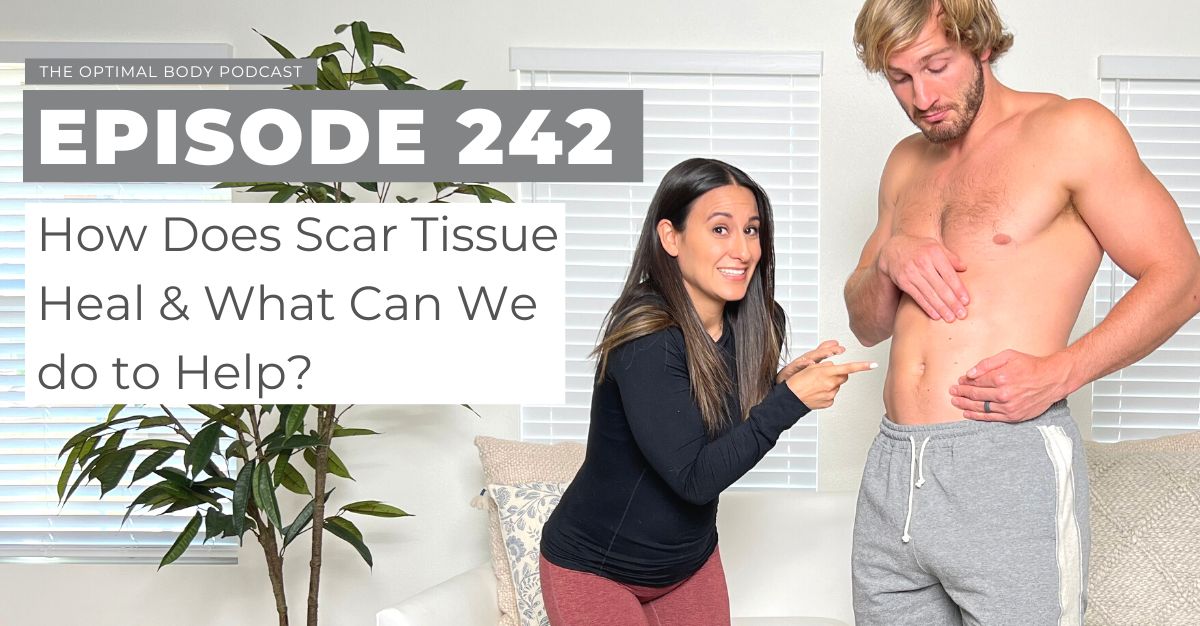
242 | How Does Scar Tissue Heal & What Can We Do to Help?
DocJen & Dr. Dom distinguish external scars from internal scar tissue and explain how scar tissues from internal trauma or surgeries form in 4 steps. As they dive into hypertrophic or keloid scars as the least favourable scar, they explain the different types of scars and how topical creams, cryotherapy, and lasers work as techniques that address scar tissues. Then, they emphasize the importance of movement and mobilization as ways to prevent hypertrophic scar tissue and re-model scar tissue.
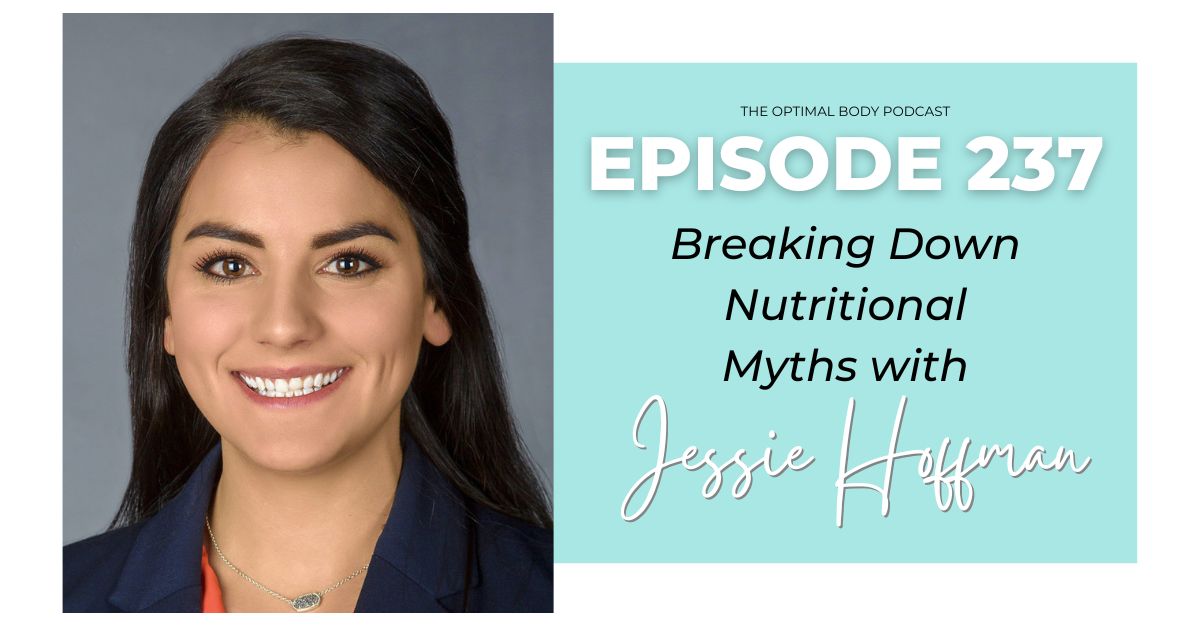
237 | Breaking Down Nutritional Myths with Jessie Hoffman
Gut health is all the rave and we have Dr. Jessie Hoffman on to artificial sweeteners, leaky gut, gastrointestinal distress, bloating, food intolerances and sensitivities, detox, and metal binders.
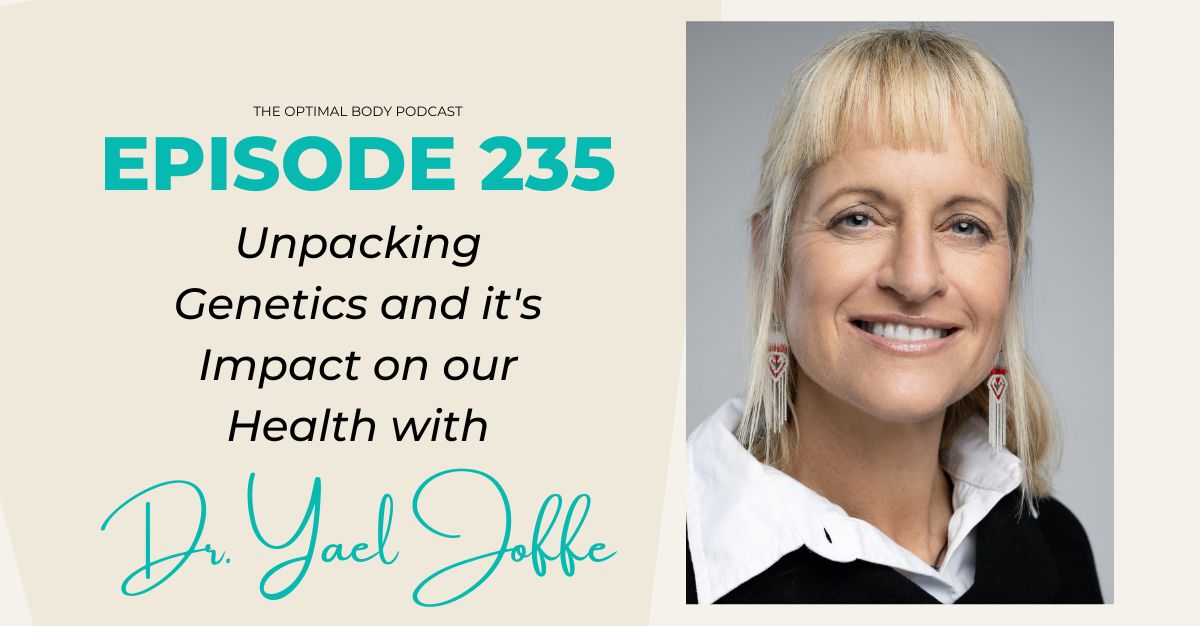
235 | Unpacking Genetics and It’s Impact on Our Health with Dr. Yael Joffe
Dr. Yael provides insights on the inability to change your genes, but the ability to impact the expression of genes. With a clear explanation of genetics, epigenetics, and nutrigenomics, Dr. Yael discusses medical genetics and the concept of “genes are destiny.” Additionally, she dives into the heritability of injury, how genetic testing can be beneficial for behavior change, and how your genes are involved in your detoxification efficacy and inflammation regulation. Finally. Dr. Yael shares a case study on genetics and root-cause analysis to approach obesity.
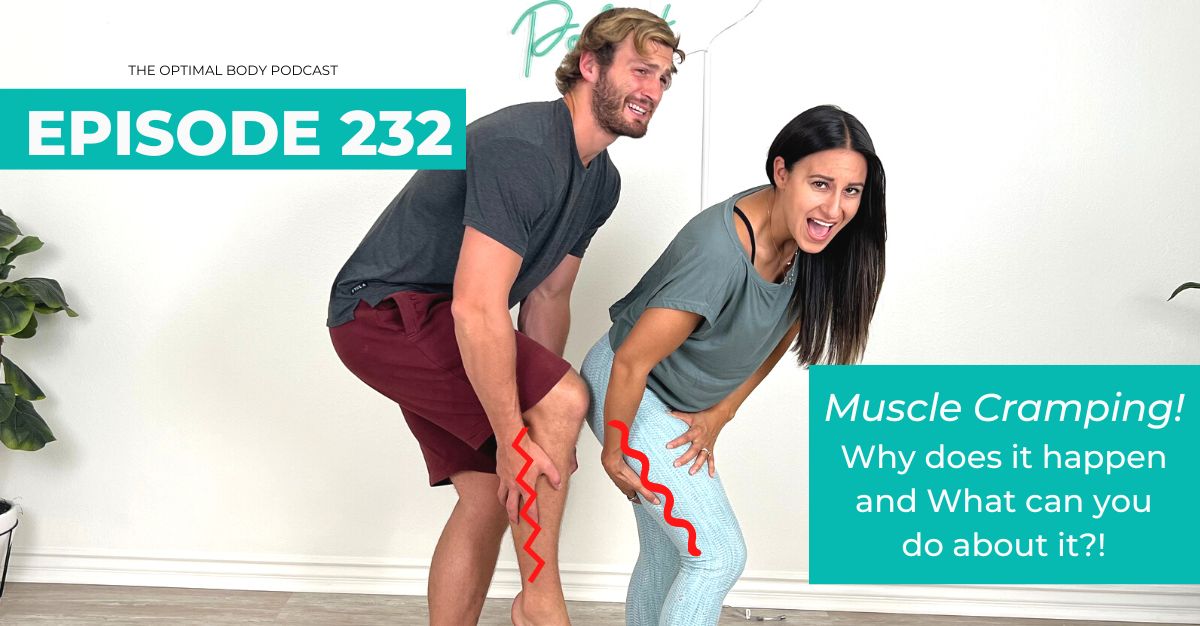
232 | Muscle Cramping! Why does it happen and What can you do about it?!
DocJen and Dr. Dom dive into what cramping looks like, explaining the symptoms that might be experienced. Then, they name the potential contributing factors to muscle cramping, expanding beyond just the muscle itself. Furthermore, they provide insight into nocturnal cramping and how you can use breathwork, mobility, and a holistic approach to prevent or manage cramps.
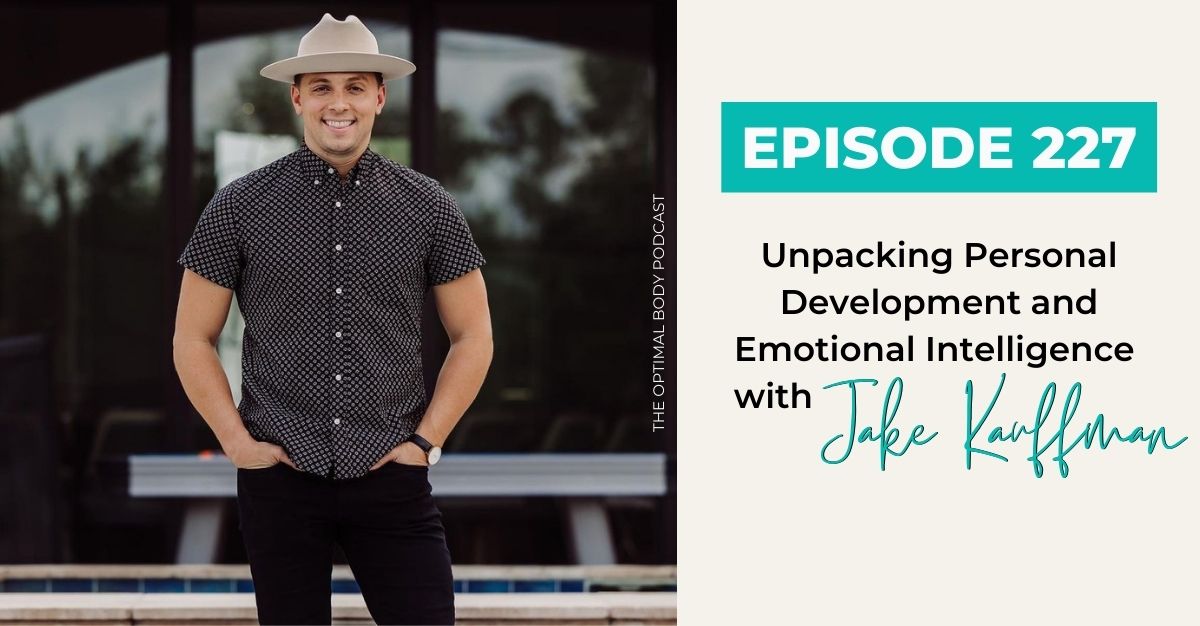
227 | Unpacking Personal Development and Emotional Intelligence with Jake Kauffman
We have Jake Kauffman to discuss the relationship between personal growth, beliefs, and identity. As Jake explains what drew him to personal growth, he dives into how you can re-discover your identity by navigating personal limiting beliefs and re-surfacing subconscious beliefs. Jake offers tools along the way to help you approach the dynamics between emotional, social, and physical pain. Through these discussions, he offers insight into the ego, the concept of admired identity, and the 3 D’s: Disease, Divorce, Death. Briefly touching base with the neuroscience of physical and emotional pain, he explains the nuances within the topic of personal growth and what it means to be your truest self.









 Which
Which


 WHY
WHY


